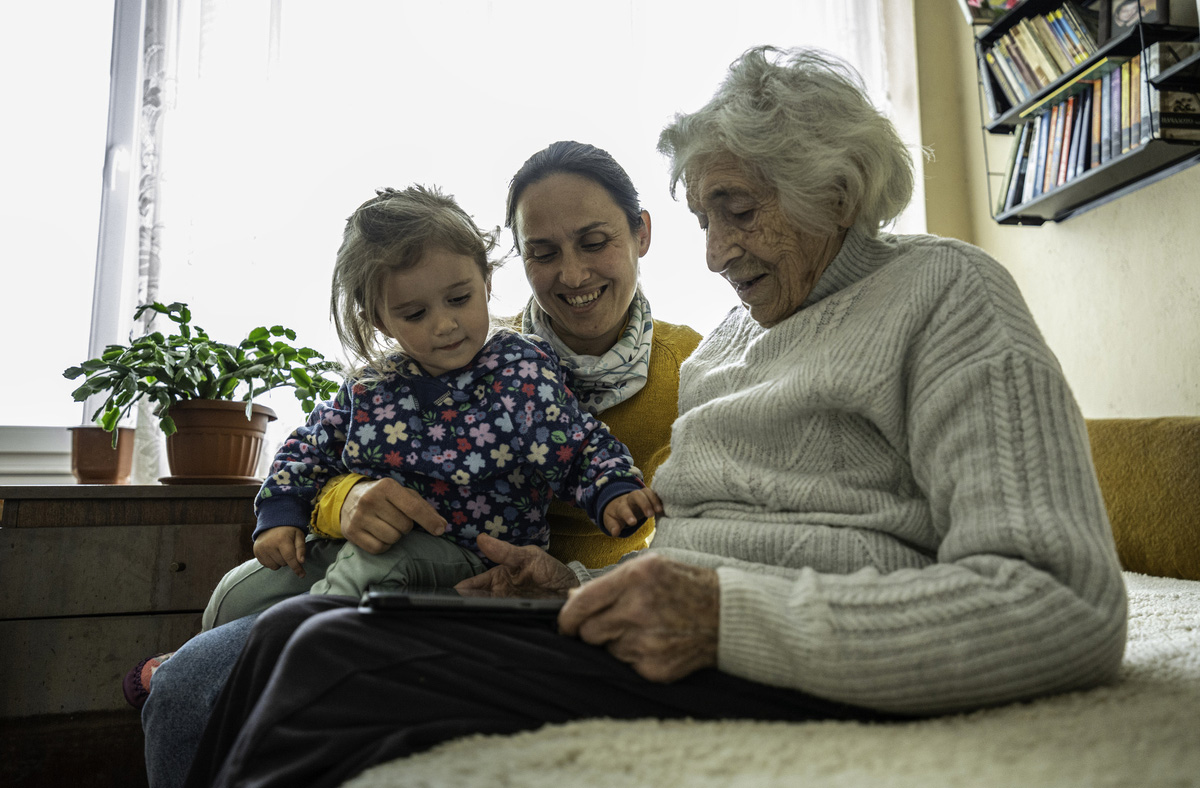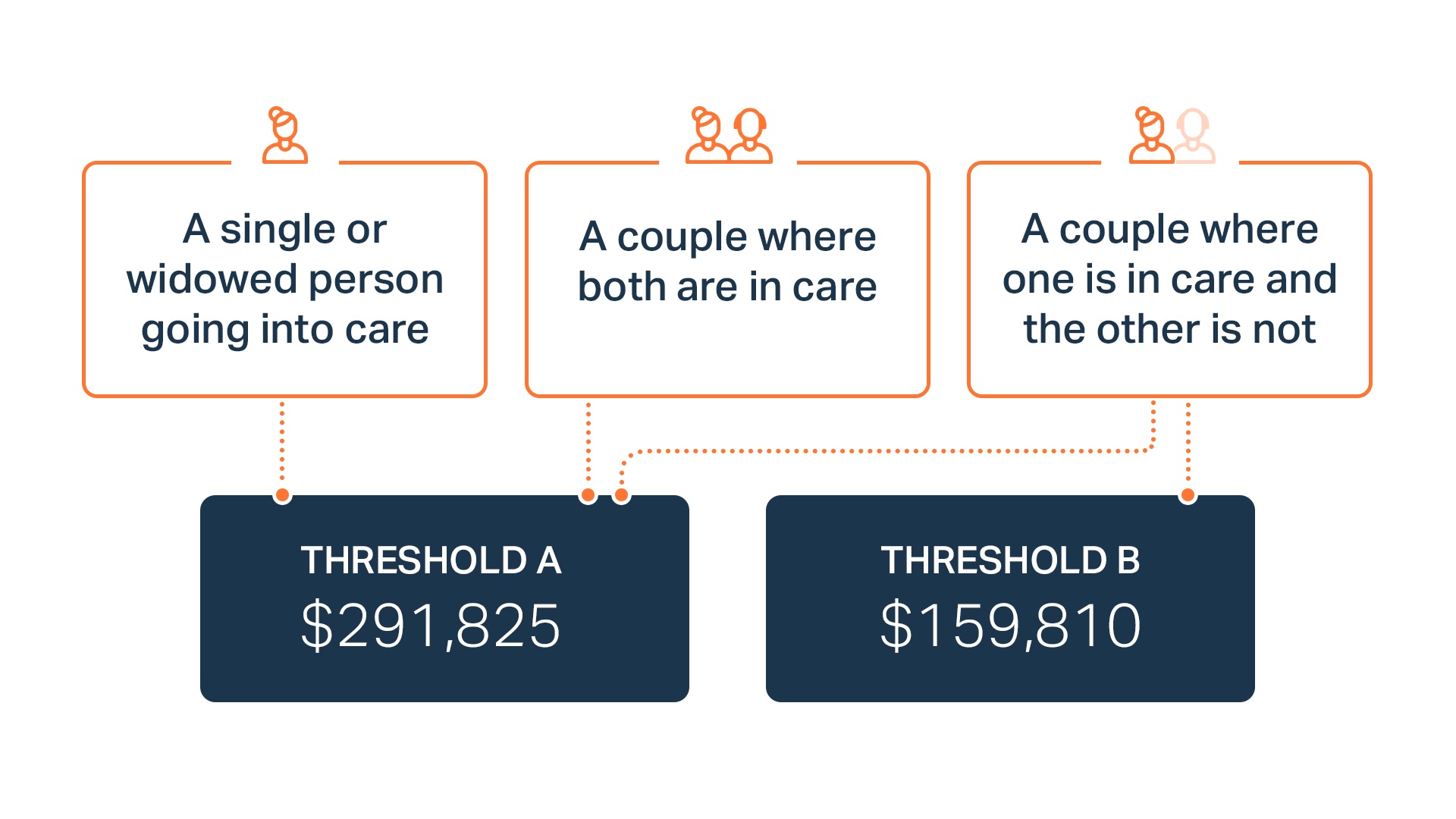
Many retirement villages offer continuum of care within an on-site care home. This means that residents may be able to transition into higher levels of care should the need arise in the future. However there are factors to consider such as the level of care required, government subsidies, and the type of room or care apartment you would like to live in. This article provides an outline of what you need to know.
It’s important to consider long-term care options when exploring retirement villages, particularly if continuum of care within the same location is important to you.
Types of care
In New Zealand, care is offered across four levels: rest home, hospital, dementia, and psychogeriatric. An on-site care home may provide one or more of these levels of care. Typically, a care home offers rest home and potentially hospital level care. However, specialised units and nursing care are necessary for secure dementia and psychogeriatric care, which not all care homes have the facilities or staff to provide. As a result, residents in need of this higher level of care may need to transition outside of the village.
Care accommodation
Care accommodation is typically offered in a room located within a care home. Rooms vary in size and amenities depending on the specific care home and whether you occupy a standard or premium room. Some retirement villages provide care accommodation in care suites or apartments.
Standard rooms
These are usually single rooms and often have space for small items of personal furniture, such as an armchair.
Premium rooms
These are usually double rooms (or larger) with premium features such as an ensuite, private bathroom, or garden views.
Care Suites
These are much larger rooms that normally include a kitchenette, lounge area and ensuite. Care suites are commonly sold under an Occupation Right Agreement (ORA) which means you pay a capital sum to secure the room. Some care suites accommodate couples.
Serviced apartments
Residents who live in a serviced apartment may not be required to move if they require a higher level of care. This will depend on whether the retirement village can cater for higher levels of care within their existing apartment. It’s important to understand exactly what this arrangement would look like. For example, a village may offer rest home level care in a serviced apartment, but require you to move into a room within a care home if you require hospital or dementia level care.

Other considerations
Respite care
An advantage of moving into a retirement village with an on-site care home is you will likely be able to receive respite care if recuperating from an illness or operation. Respite care can help to speed up recovery as you’ll receive plenty of rest and be cared for by healthcare professionals.
A note on dementia care
It’s important to note there are different types of dementia level care that an on-site care home can cater for. For example, an on-site care home may be able to care for someone with early onset dementia, but someone with higher level dementia may require specialist, secure accommodation. When visiting a retirement village that does offer dementia level care, ensure you ask specifically about the level of dementia that they can accommodate.
Couples
If you’re in a partnership, it’s likely that you and your partner will have different care needs as time goes on. Retirement villages are a great option for couples with different needs as they often allow couples to stay together even when one person’s care needs progress faster than the other. For example, the person who is able to live independently could remain in a villa, while the other might move into a service apartment or room within the care home.
Understanding the costs of higher level care
In New Zealand, the government contributes towards care for people who have been assessed as no longer being able to live independently. If you currently reside in a retirement village your eligibility for this subsidy depends on the same Asset and Income thresholds as someone living in the community (outside of a retirement village).
Asset threshold
As of July 2025, the combined value of you and your partner's (if applicable) assets can not not exceed $291,825 to receive government support. Assets include things such as your personal home, investment properties, shares, cash or savings etc.
For a couple where one person is moving into long-term residential care and the other is not, they can choose whether or not to include the value of the family home* and personal vehicle in this equation. If these assets are excluded, the limit drops to $159,810.
NB: Work and Income will also want to know if the applicant or their partner has ever transferred assets into a trust, or been the settlor, trustee, or beneficiary of a trust or estate.
*A home is not counted as an asset if it’s the main place of residence for the partner of the person going into care or any of their dependent children.

Income limits
Work and Income will check if your income is below a certain limit. How this is calculated is dependent on the type of income.
A note on gifting
One important part of the asset assessment is the consideration of assets gifted or sold in the past five years.
Work and Income will check what assets an individual or couple has gifted or sold, but they won’t count up to $8,000 worth of assets per year (a total of $40,000). For a couple who applies at the same time this doubles to $80,000 ($40,000 each).
Understanding the costs of different accommodation
As a resident of a retirement village, it’s important to understand that the cost of higher level care depends on the type of accommodation you reside in and your eligibility to receive government subsidies.
In New Zealand, there is a maximum amount of money that a resident is required to pay for residential care. The maximum contribution is set by the Ministry of Health and varies depending on the territorial local authority (TLA) region in which the care home is located.
Standard room
If you move into a standard room within an on-site care home, then any subsidy you are eligible for will go towards your accommodations and care costs.
Premium room
If you move into a Premium room within an on-site care home, then any subsidy you are eligible for will go towards your accommodations and care costs. However, it will not cover the additional fee associated with the premium room. The fee will vary based on the care home and the particular room you occupy. This fee is designed to cover the enhanced features within the room, such as a private bathroom or larger room size.
Care suites and certified care apartments
Often, care suites and other certified care apartments are sold through an occupation rights agreement (ORA). This means that if a resident living in an independent living home decides to transition into higher level care within a home sold on an ORA, they will be ending one ORA and beginning a new one.
For this reason, it’s important to take the time to ensure you have a good understanding of the considerations involved in transferring between two ORAs, particularly the financial aspects.